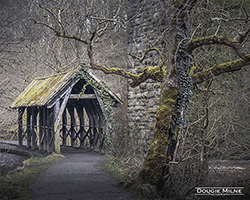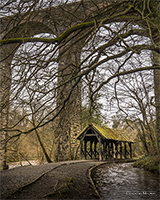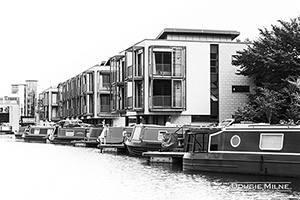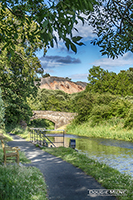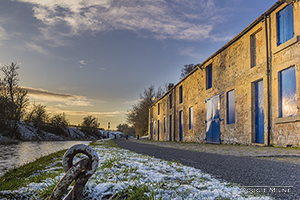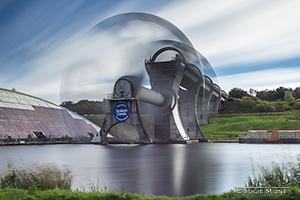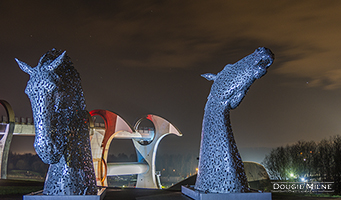Union Canal Wall Art
The Edinburgh and Glasgow Union Canal is a historic waterway that links the cities of Edinburgh and Glasgow in Scotland. It was built in the early 19th century, opening in 1822. The canal served as a vital transportation route during the Industrial Revolution, facilitating the movement of goods such as coal, minerals, and other products between the two cities. Stretching approximately 31 miles (50 kilometres) in length, the canal starts in Fountainbridge, Edinburgh, near the city centre, and extends westward through towns including Ratho, Linlithgow, and Falkirk, before reaching its terminus at the Port of Glasgow in Maryhill. Engineered by Hugh Baird, the canal featured innovative structures such as aqueducts and tunnels to navigate challenging terrain. Notable among these are the Avon Aqueduct, which carries the canal over the River Avon near Linlithgow, and the Falkirk Tunnel, which passes beneath the town of Falkirk. In the latter half of the 20th century, like many canals across the UK, the Union Canal fell into disuse and disrepair with the rise of railways and roads. However, in recent decades, there has been a resurgence of interest in canal restoration and leisure use. Today, the Union Canal is popular for recreational activities such as walking, cycling, and boating, offering scenic routes along its towpaths and a peaceful corridor through Scotland's countryside.

